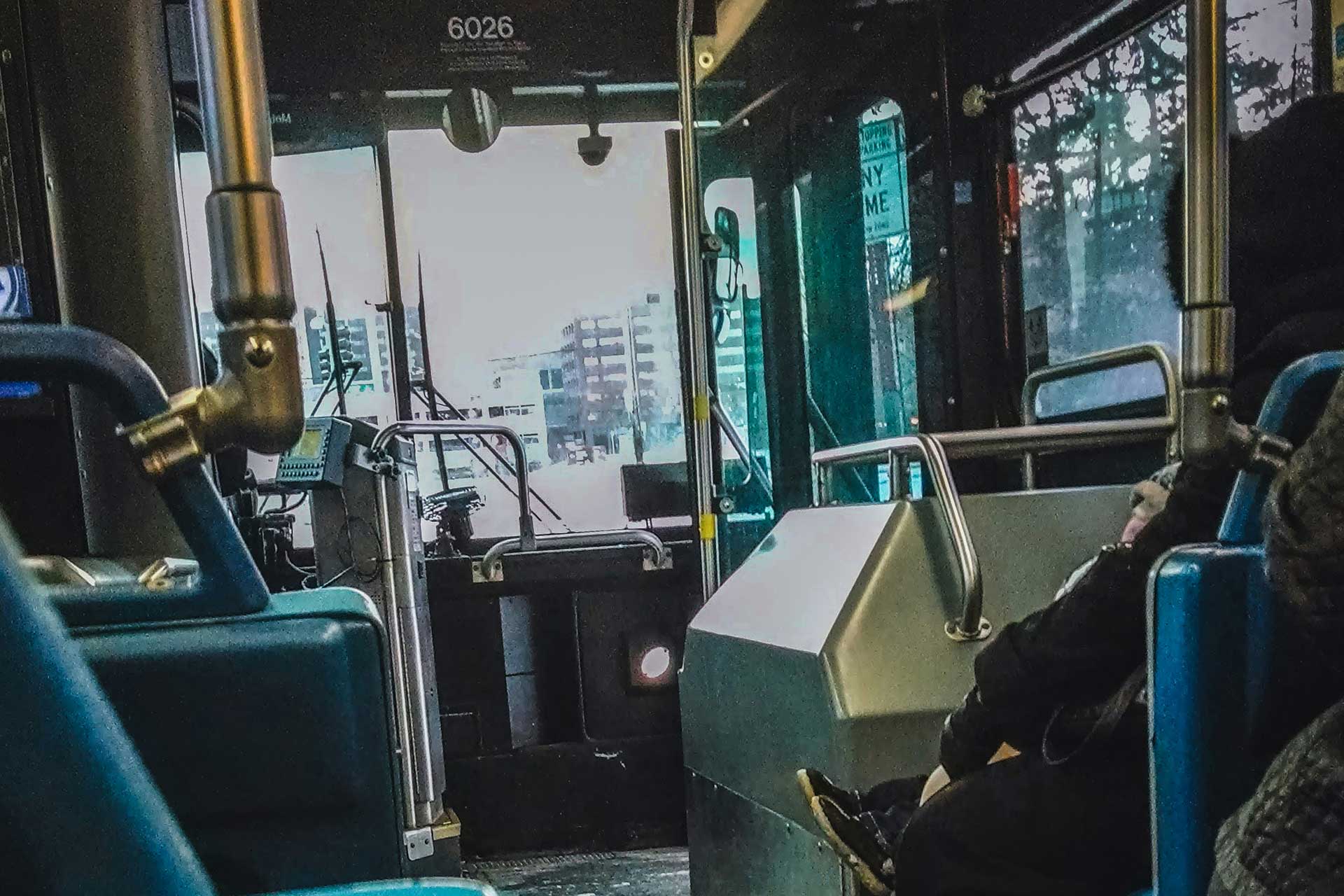Share This Article
Cincinnati, a city known for its rich history and vibrant neighborhoods, is at a critical juncture in its transportation development. As the city continues to grow and evolve, so too does the conversation around how best to move people and goods efficiently and sustainably. From the ongoing debate over public transit to the challenges of road infrastructure and the future of alternative transportation, Cincinnati’s transportation landscape is a reflection of both its progress and its growing pains.
The State of Public Transit
Public transit in Cincinnati has been a topic of discussion and debate for years. The city’s primary transit system, the Southwest Ohio Regional Transit Authority (SORTA), operates the Metro bus system, which serves as the backbone of public transportation in the region. However, despite recent investments and improvements, the system continues to face challenges.
One of the most pressing issues is the limited reach and frequency of bus routes, particularly in underserved neighborhoods. While the bus system is crucial for many residents, especially those without access to a car, its limitations have led to frustration and calls for expansion. SORTA has made efforts to address these concerns, including the implementation of the Reinventing Metro plan, which aims to increase service frequency, expand routes, and improve overall reliability. However, the plan’s success will depend on sustained funding and public support.
The city’s efforts to expand and improve public transit are not without controversy. The sale of the Cincinnati Southern Railway, which has been proposed as a means to generate funds for transit and infrastructure projects, has sparked debate. Proponents argue that the sale would provide much-needed resources for transit improvements, while opponents fear it could undermine the city’s long-term transportation goals. The outcome of this debate will have significant implications for the future of public transit in Cincinnati.
The Challenge of Road Infrastructure
Like many cities, Cincinnati’s road infrastructure is aging and in need of repair. Potholes, deteriorating bridges, and traffic congestion are common complaints among residents. The city’s geography, with its hills and rivers, adds an extra layer of complexity to maintaining and improving roadways.
In recent years, the city has made strides in addressing these issues through various infrastructure projects. The Brent Spence Bridge, a key artery that connects Cincinnati to Northern Kentucky, has been a focal point of these efforts. Plans to refurbish or replace the aging bridge have been in the works for years, with federal and state funding finally beginning to materialize. The project is crucial not only for easing traffic congestion but also for ensuring the safety and efficiency of a critical transportation link.
Despite these efforts, challenges remain. Funding for road maintenance and upgrades is always a concern, especially as costs continue to rise. Additionally, the city must balance the needs of drivers with those of pedestrians, cyclists, and public transit users, all of whom rely on the city’s roads in different ways.
The Rise of Alternative Transportation
As Cincinnati looks to the future, alternative transportation options are becoming increasingly important. Biking and walking are gaining popularity, particularly in the city’s more urban neighborhoods. The city has made significant investments in bike lanes and pedestrian-friendly infrastructure, with plans for further expansion.
The Red Bike program, Cincinnati’s bike-sharing initiative, has been a success story in promoting cycling as a viable transportation option. With stations located throughout the city, Red Bike offers an affordable and convenient way for residents and visitors to get around. The program has also helped raise awareness about the benefits of cycling, both for individual health and for reducing traffic congestion and pollution.
In addition to biking, Cincinnati has also embraced electric scooters as a new mode of transportation. Companies like Lime and Bird have introduced e-scooters to the city, offering a quick and easy way to travel short distances. While the scooters have been popular, they have also sparked debate over safety and regulation, with some residents expressing concerns about their impact on sidewalks and public spaces.
Looking Ahead: A Vision for Cincinnati’s Transportation Future
As Cincinnati continues to grow, the need for a comprehensive and forward-thinking transportation strategy has never been more apparent. The city’s leaders face the challenge of balancing the immediate needs of residents with long-term planning that considers sustainability, equity, and economic growth.
One potential area of growth is the expansion of light rail or streetcar systems. While the Cincinnati Bell Connector, the city’s streetcar system, has had a mixed reception since its launch, there is ongoing discussion about expanding the route or introducing new rail options. Advocates argue that a more extensive rail system could provide a reliable and environmentally friendly alternative to driving, while critics question the feasibility and cost of such projects.
Another key area of focus is ensuring that transportation planning is inclusive and equitable. As Cincinnati develops, it is crucial that all residents, regardless of income or location, have access to reliable and affordable transportation options. This means not only expanding public transit but also improving infrastructure in underserved areas and ensuring that new developments do not disproportionately impact vulnerable communities.
In conclusion, transportation in Cincinnati is at a crossroads. The city has made significant progress in recent years, but much work remains to be done. As leaders and residents continue to grapple with the challenges and opportunities of moving people and goods through the city, one thing is clear: the decisions made today will shape Cincinnati’s future for decades to come. Whether through expanded public transit, improved road infrastructure, or the rise of alternative transportation, the city’s transportation system will be a key factor in its continued growth and success.



